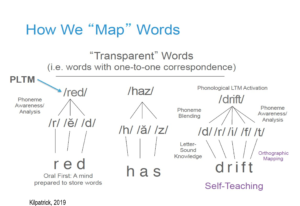Ehri’s Stages of Reading Development
Please read The University of Florida’s Learning Institute’s (UFLI) 3-page explanation of Dr Linnea Ehri’s 5 phases of Reading Development (1995) by Dr Holly B Lane.
Microsoft Word – EhriPhases.docx (UFLI Holly B Lane, PH.D)
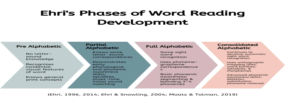
Attached for your future interest are:
- Phases of development in learning to read words by sight Linnea C. Ehri. First published: September 1995 (Access via Uni) https://doi.org/10.1111/j.1467-9817.1995.tb00077.x
- Teaching, Reading and Learning: The Reading League Podcast- Episode 11: Interview w/ Dr. Linnea Ehri – YouTube
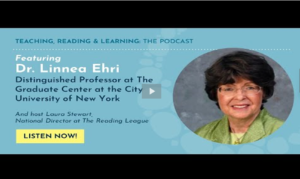
Teaching, Reading and Learning: The Reading League Podcast- Episode 11: Interview w/ Dr. Linnea Ehri (1hr.31)The Reading League
Alphabetic Principle.
The following article from Reading Rockets explains the Alphabetic Principle and its role in learning to read. Please read and record your definition below:
The Alphabetic Principle | Reading Rockets
____________________________________________________________________________________________________________________________________________________________________________________________________________________________________________________________________________________________________________________________________________________________________________________________________________
Orthographic Mapping
Listen to Lyn Stone explain the process of Orthographic Mapping. Then write a clear ‘elevator pitch’ to demonstrate your understanding.
Orthographic mapping explainer – YouTube
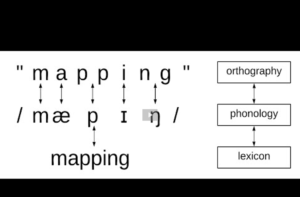
Orthographic mapping explainer Lyn Stone
Now, listen to David Kilpatrick explain how children remember words and why some children don’t.
He will discuss the roles of the Alphabetic Principle, Phonology, Orthography, Self Teaching Hypothesis (David Share), and Orthographic Mapping (Linnea Ehri)
David Kilpatrick “How We Remember Words, and Why Some Children Don’t” – YouTube
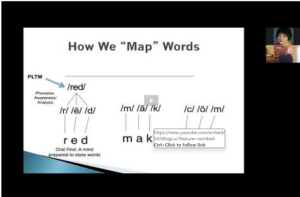
David Kilpatrick 18.18 min
